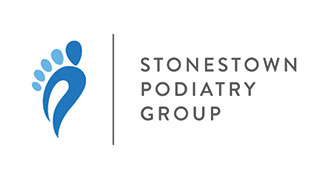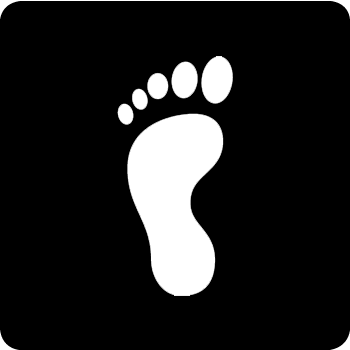- posted: Jul. 16, 2019
 Are you struggling with a bunion? Your chances of having this foot deformity escalate with age. To learn more about these unsightly and painful problems, read some FAQs prepared by Stonestown Podiatry Group in San Francisco. Dr. Daniel Alberts, Dr. Richard Rolfes, and Dr. Jasper Lee provide care to scores of people with bunions and many other foot and ankle issues.
Are you struggling with a bunion? Your chances of having this foot deformity escalate with age. To learn more about these unsightly and painful problems, read some FAQs prepared by Stonestown Podiatry Group in San Francisco. Dr. Daniel Alberts, Dr. Richard Rolfes, and Dr. Jasper Lee provide care to scores of people with bunions and many other foot and ankle issues.
What is a bunion?
Bunion is the common term for an acquired foot deformity known as Hallux valgus. Typically a bony bump on the inside surface of the foot at the base of the big toe, a bunion can be painful, red, swollen, and an impediment to mobility. The big toe may rotate or turn toward the second or even third toes.
How does my foot doctor know I have one?
Your San Francisco foot doctor diagnoses bunions by visual examination, X-rays, and sometimes, gait analysis to evaluate how you place the foot on the ground when walking.
What causes bunions?
Many factors do. Heredity and age (over 40 and especially, over 65) play a role. More importantly, tight shoes with high heels seem to shift significant weight and pressure on the forefoot, contributing to bunion formation over time, says the American Podiatric Medical Association (APMA). Additionally, some people have flat arches which stress the bones of the forefoot and also may overpronate their feet as they walk or run. (Overpronation is a gait defect in which the foot rolls toward the midline with each step). Finally, trauma to the foot can lead to bunion formation.
Do other deformities accompany bunions?
Sometimes people also develop claw-like hammertoes on toes two through five. Also, corn and callus formation is common where the bunion rubs against the inside of the shoe and also on the bottom of the foot.
Do I have to have surgery?
No, surgery is usually the last option. Your podiatrist likely will try a treatment plan involving far less invasive treatments you can incorporate into your daily routine.
What are my treatment options?
They may include:
- Anti-inflammatory medications and analgesics
- Cortisone shots
- Shoe padding (such as moleskin)
- Night splints to realign the toe (usually appropriate for young patients)
- Orthotics (custom-crafted, prescription shoe inserts) to pad, support, and correct gait problems
- Stretching exercises and physical therapy to improve flexibility and mobility
- In-office removal of corns and calluses
Find out more
For more information on bunions or to come in for a complete foot exam with Dr. Alberts, Dr. Lee, or Dr. Rolfes, call Stonestown Podiatry Group in San Francisco, CA, at (415) 731-6700.
This website includes materials that are protected by copyright, or other proprietary rights. Transmission or reproduction of protected items beyond that allowed by fair use, as defined in the copyright laws, requires the written permission of the copyright owners.

